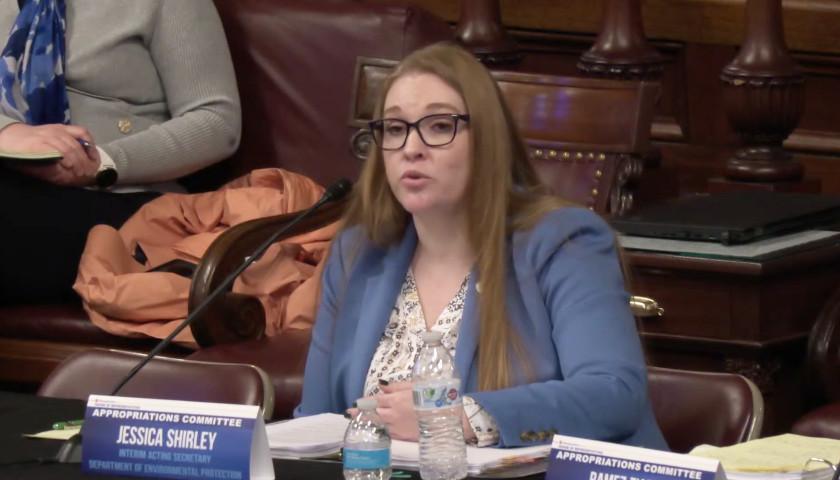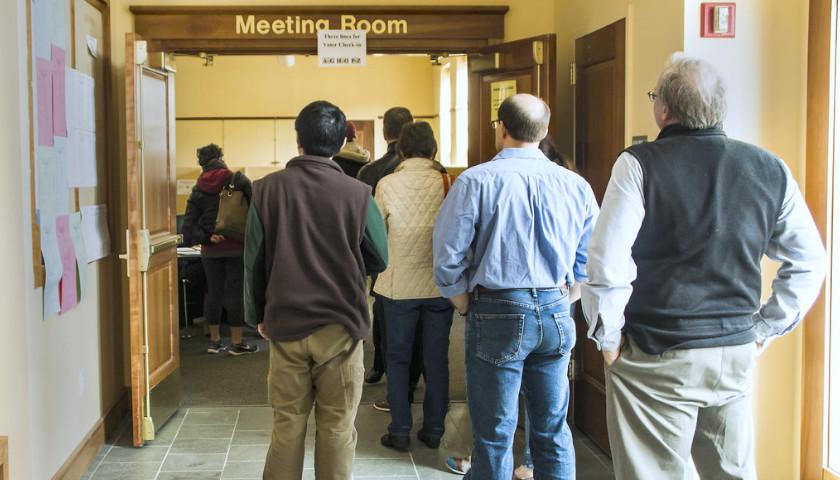by Lauren Jessop
Pennsylvania may soon follow other states and adopt regulations for eco-friendly burial and cremation methods.
Republican senators recently introduced a bill to make water-based cremation legal. Meanwhile, Democratic representatives announced their intention to do the same, while adding a provision for natural organic reduction – also known as human composting.
Sen. Cris Dush (Pictured above, right), R-Brookville, sponsored a bill that would expand the definition of cremation to include alkaline hydrolysis, or water-based cremation. The bill has been referred to the Environmental Resources and Energy Committee for consideration.
In his co-sponsorship memo, Dush said the family will still receive remains, but the urn will hold approximately 20% more ashes compared to traditional cremation.
On the House side, Reps. Christopher Rabb (Pictured above, left), D- Philadelphia, and Mary Jo Daley (Picture above, middle), D-Merion Station, said that – in addition to water cremation – their bill would legalize human composting.
The representatives say residents should have more affordable and environmentally friendly choices when it comes to how their remains are handled. Natural organic reduction uses one-eighth the amount of energy of traditional cremation, “and creates soil that is perfectly safe for gardens, trees, and general land use.”
The Cremation Association of North America changed their definition of cremation to include alkaline hydrolysis in 2010. They say although the technical processes are very different, the results are similar.
The process mimics traditional cremation by using water, alkaline chemicals, heat – and sometimes pressure and agitation – to accelerate natural decomposition. The process creates no emissions, uses 90% less energy, and has less than one-tenth the carbon footprint of cremation by flame, according to CANA.
Dush said, where permitted, 80% of families have chosen the water-based method.
While there seems to be some consensus among authorities that alkaline hydrolysis fits the definition of cremation, there is debate over whether human composting does too.
Natural reduction is generally defined as “the contained, accelerated conversion of human remains to soil.” Remains are placed in a large container with straw, wood chips, and/or other natural materials for a predefined period of time. When the process is complete, no recognizable fragments remain.
CANA considers natural reduction a unique form of disposition that should be regulated separately.
Jessica Koth, director of public relations for the National Funeral Directors Association, told The Center Square the organization believes water cremation is also “a unique and separate form of disposition, and thus, should be regulated separately as well.”
Both CANA and the NFDA have authored model legislation used by state officials seeking to legalize these processes.
Currently, 19 states allow water cremation: California, Colorado, Florida, Georgia, Iowa, Illinois, Kansas, Maine, Maryland, Minnesota, Nevada, New Hampshire, North Carolina, Oregon, Utah, Vermont, Washington and Wyoming.
Missouri does not have explicit statutes on the books, but the definition of cremation is understood by lawmakers and the state board of funeral services to allow its use, Koth said.
Human composting is legal in six states: California, Colorado, New York, Oregon, Vermont and Washington.
Data provided by NFDA taken from a 2022 annual survey of adults 40 and older shows that since 2017, the number of people who expressed an interest in exploring green funeral options increased by almost 10%.
Proponents say the newer methods use less energy and do not require the use of harmful embalming chemicals, but when asked about their preferences, the majority of those polled still preferred traditional methods: 41.8% said they would choose cremation (up 1% from 2020), and 21% would prefer a casket burial (a drop of approximately 1.5%). Only 19.8% chose newer, greener methods.
– – –
Lauren Jessop is a contributor to The Center Square.
Photo “Chris Rabb” by Chris Rabb. Photo “Mary Jo Daley” by Mary Jo Daley.





